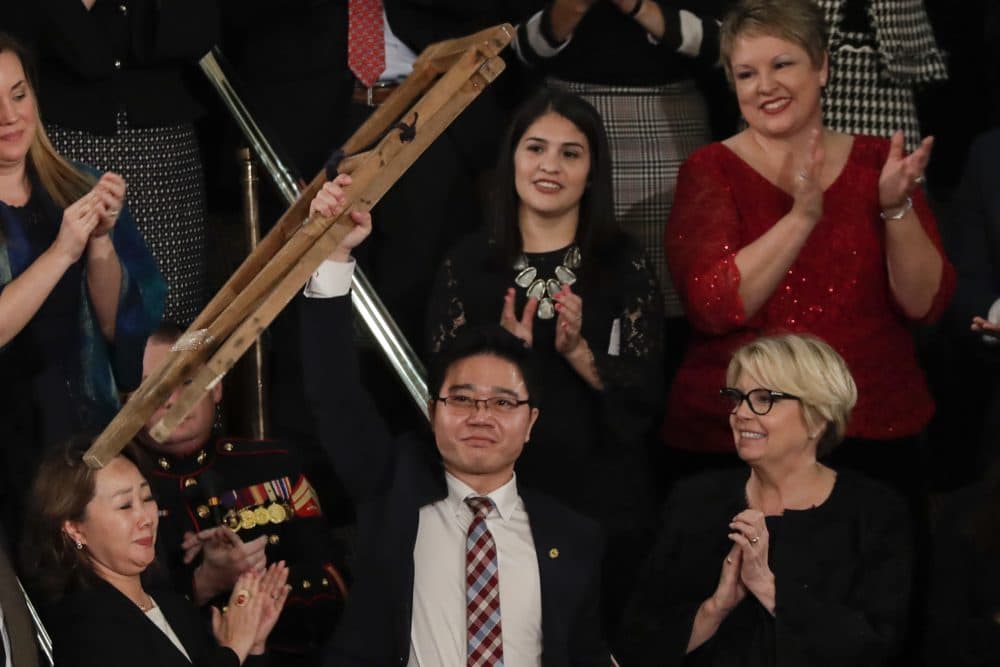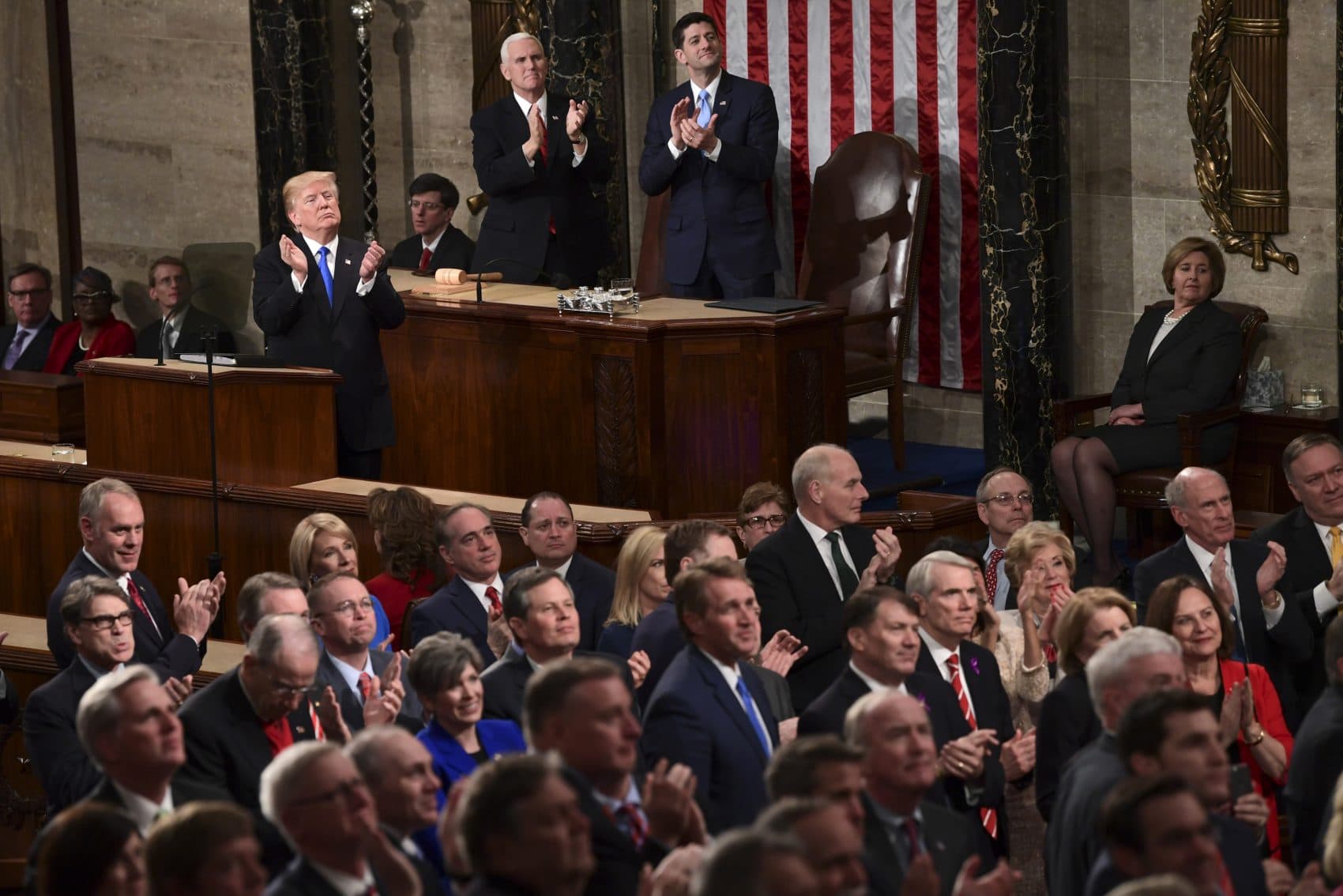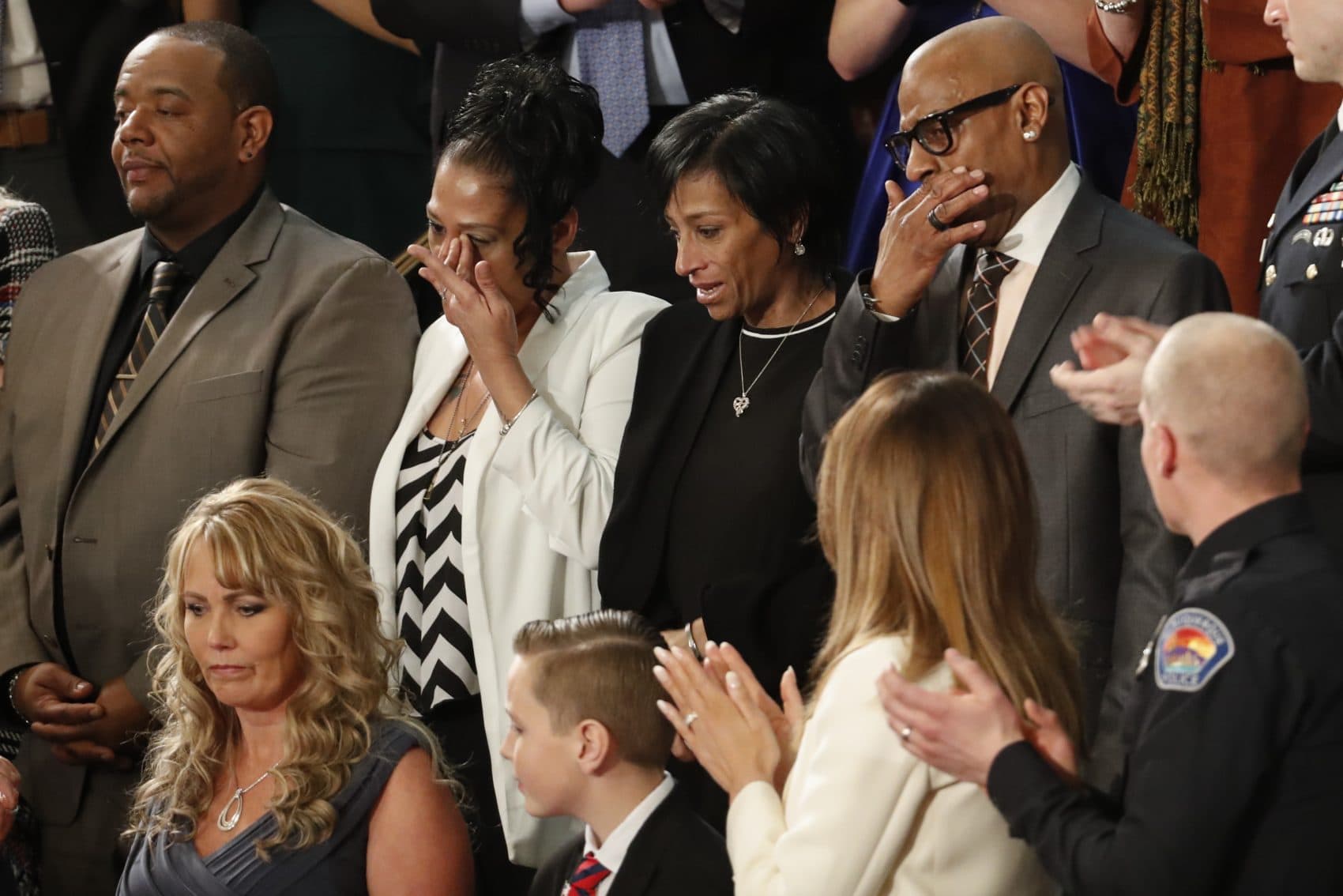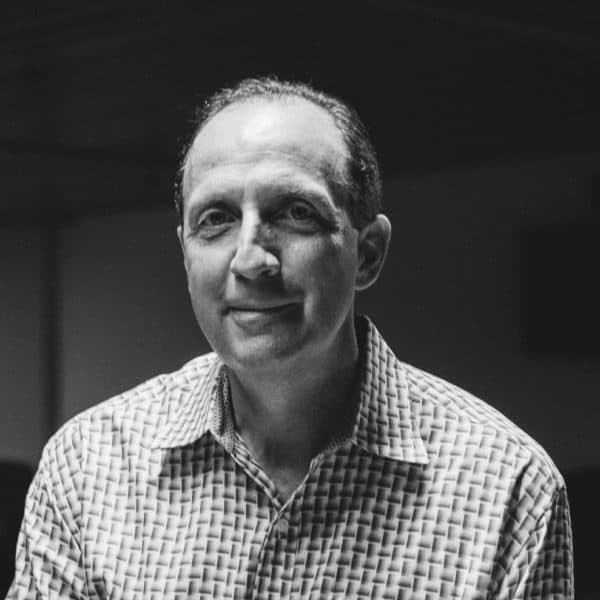Advertisement
Commentary
Trump's SOTU Guests Bridge Partisan Divide, But On Substance Rift Remains

It is appropriate, and ironic, that the big breath of fresh air needed in the tense House Chamber during President Donald Trump’s initial State of the Union address blew in from outside the nation’s capital.
Through their stories, the president’s invited guests stole the show by exposing the nation to a variety of profound issues. Their calm presence belied the off-the-charts experiences that brought them together to bond in the viewing gallery during one of the United States’ oldest and most sacred political rituals.
Despite the administration leaking themes of bipartisanship prior to the address, Trump reached across the aisle more in form than in substance. He essentially stuck to his core legislative themes, providing little to coerce Democrats in attendance to abandon their glum demeanors and stand during applause lines. The address also contained enough policy, and a healthy dose of Trump’s usual defiance and braggadocio, to keep his base engaged and enthusiastic.
Trump reached across the aisle more in form than in substance...
Yet, each time that Trump — to his credit, coming across with sincerity and respect — introduced his invited guests, there seemed to be a collective exhalation and both sides of the Chamber were able to stand together in unison and applaud for a common cause. During those moments, the guests involuntarily served as a medium to remind the attendees, as well as viewers at home, that we are all one nation, albeit with differences, and that there are communal real-life experiences that supersede petty political differences.

The importance of the guests to the structure of the third longest State of the Union in modern history grew as the evening unfolded. The likelihood of this effect wasn’t lost on the speechwriters, who very ably built-in references to 18 guests (the administration had described 15 before and three were surprises). This was an historic innovation that this address will always be remembered for, since President Ronald Reagan established the young tradition by inviting one guest to the State of the Union in 1982 and the highest number of guests ever referenced by a president prior to this evening was seven.
Each individual story was compelling and the viewer was able to relate to each guest on a personal level for a moment of connection that is typically absent during a presidential speech. The guests ran the emotional gamut — from the sheer exuberance of Ji Seong-ho defiantly waving his crutches (and unwittingly enabling Trump to poke Kim Jong-il in the proverbial eye) to the unfathomable sadness of parents who had lost children to violence, as well as the startling introduction of Otto Warmbier’s parents.
The guests were diverse in every way — ethnic background and age, work experience, who and what they symbolized through their presence – which helped make their participation even more admirable.

Detractors have derided the attendance of presidential guests at the State of the Union over the years as exploitative, essentially utilizing people as props to make a point. This pessimistic view, however, hasn’t held water. Presidents from both parties consistently invite people with compelling stories to attend and personally lead the public applause for them from the lectern as Trump did on Tuesday evening.
The guests attend of their own free will, they have significant stories to tell and other persons like them to represent, and often have substantial personal healing to endure. They are empowered to step out of their normal routines for an hour and given the gift to represent something bigger than themselves, while receiving rousing public support. Most importantly, they are also a source of honor and unity for the State of the Union.
This year, a group of unknown but remarkable people from outside the Beltway made an indelible imprint on the State of the Union. They deserve profound gratitude because the union is more perfect for it.
